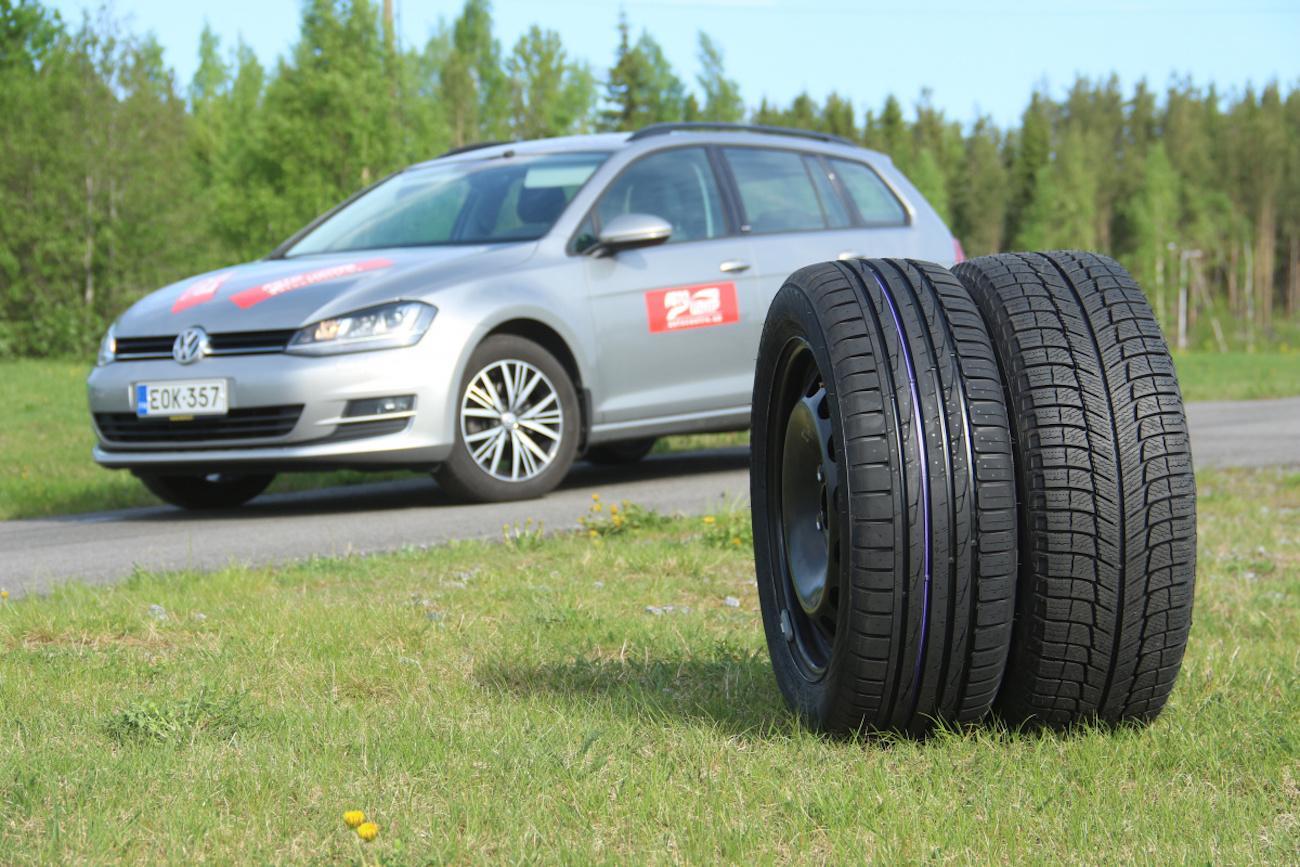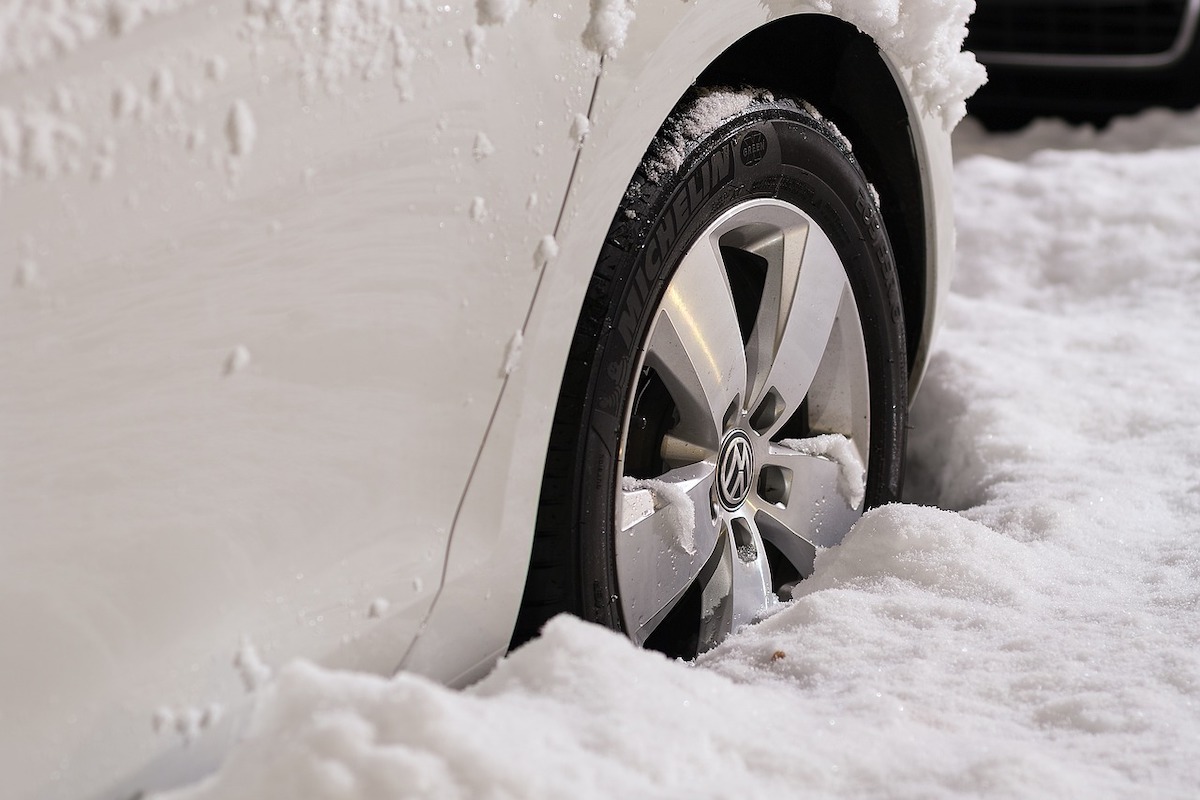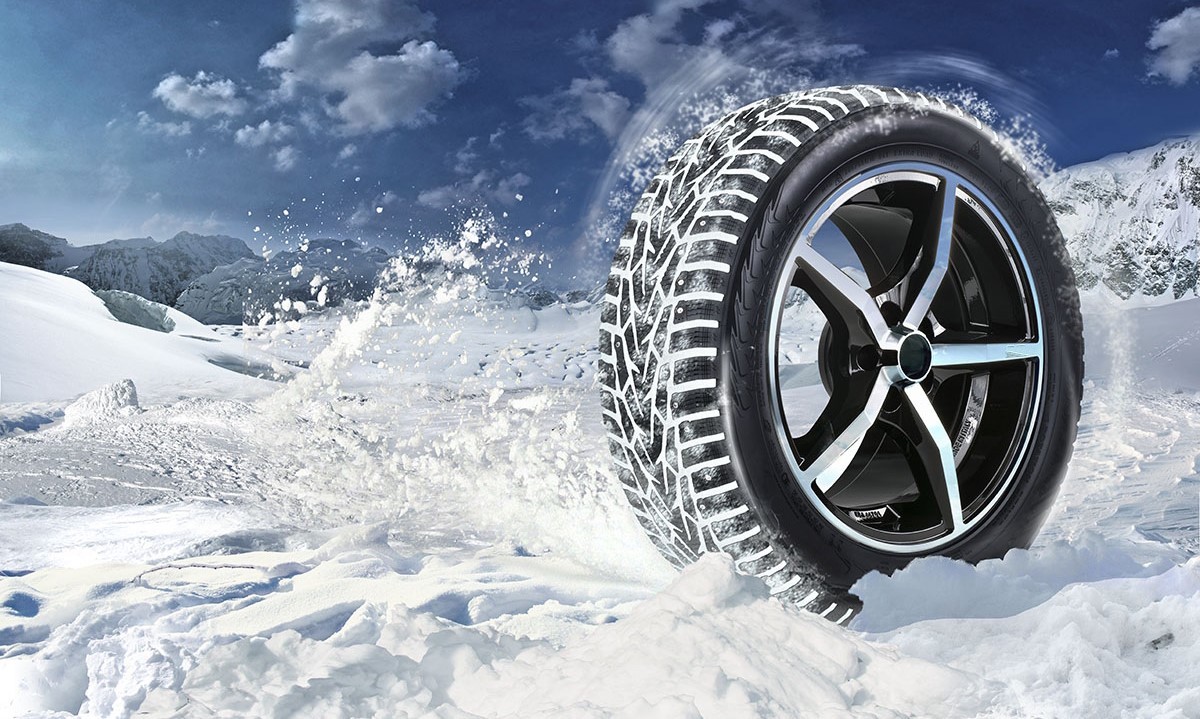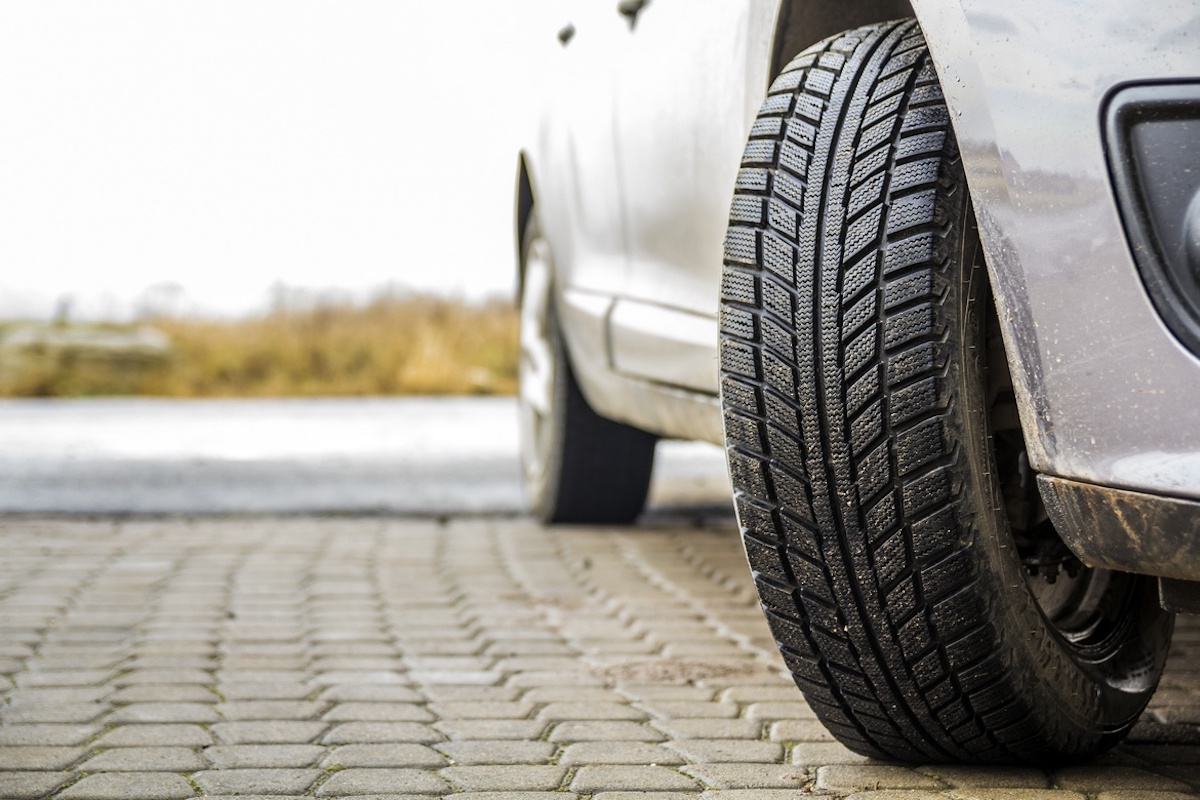
Which tires are more expensive: winter or summer, tire characteristics, their comparison and reviews
Content
The price of any tires depends on two factors: the brand (manufacturer) and the price category within the model range. Therefore, the question of whether winter or summer tires are more expensive makes sense only if you compare prices from one manufacturer “within” a specific model range. As a rule, winter tires are more expensive than summer tires due to a more complex tread pattern and a special composition. Studded tires are even more expensive. But we should not forget that one set of summer tires of a premium brand can cost as much as two or three sets of "regular" winter tires.
In those regions where warm and cold seasons are pronounced with a large temperature difference between them, cars need regular tire changes from winter to summer and vice versa. Which tires are more expensive - winter or summer, what is the difference in the characteristics of these types of tires, is it possible to drive on summer tires in winter, and vice versa - all this is very relevant for car owners living in temperate and cold climatic zones.
Characteristics and cost of winter and summer tires
When operating a car in winter and summer, diametrically opposite requirements are imposed on tires. It is this circumstance that determines that both options are necessarily present in the line of all major manufacturers. Winter and summer tires are different:
- The degree of hardness. Summer tires should be as stiff as possible in order to maintain their performance at high temperatures and at high speeds. Winter, on the contrary, is quite soft, retaining elasticity even in severe frosts. This effect is achieved using special additives.
- Protector pattern. On summer tires, the pattern is wide and flat, without significant indentations. The tire is required to have a maximum “contact patch” with the road surface. On the winter one - a complex pattern of a frequent "mesh", deep furrows, lamellas are often used - small ligature of lines intersecting at different angles. The task of the winter tread is to maintain grip on a snowy, icy road.
- Tire pressure. You can often find recommendations from "experienced" drivers that winter tires need to maintain a lower pressure than summer tires (0,1 - 0,2 atmospheres lower). However, all tire manufacturers are unambiguously advised to keep the usual operating pressure for this type of rubber in winter. A decrease in pressure adversely affects handling on snowy roads and leads to rapid tread wear.

Winter tires
In addition, winter tires can be studded (metal studs are installed on the tread at certain intervals) and without studs. Studded tires are ideal for snow and ice. But on the pavement, the negative aspects of these tires appear: increased noise, increased braking distance, wear of the road surface. Winter tires without studs are devoid of these shortcomings, but with ice and snow drifts on the roads, their capabilities may not be enough. It should be noted that in deep snow, especially in the presence of a hard crust (nast), studded tires will also be useless. Here you can no longer do without anti-skid devices put directly on the wheels (chains, belts, etc.).
The price of any tires depends on two factors: the brand (manufacturer) and the price category within the model range. Therefore, the question of whether winter or summer tires are more expensive makes sense only if you compare prices from one manufacturer “within” a specific model range. As a rule, winter tires are more expensive than summer tires due to a more complex tread pattern and a special composition. Studded tires are even more expensive. But we should not forget that one set of summer tires of a premium brand can cost as much as two or three sets of "regular" winter tires.
When to change tires
Most car owners on the issue of the timing of "change shoes" proceed from:
- personal experience;
- advice from friends;
- dates on the calendar.

Features of winter tires
Meanwhile, all major tire manufacturers and auto experts agree that changing summer tires to winter tires is necessary when the daytime temperature is set below +3 оC. When the daytime temperature reaches +5 оFrom you need to switch to summer tires.
Summer tire in winter
The task of a summer tire is to provide the maximum contact patch with the road at high temperatures. Such a tire is rigid, with a shallow profile and wide smooth areas. At weakly positive, and even more so at negative temperatures, it “doubles”, becomes hard, the tread quickly clogs with ice and snow. The car on such wheels completely loses controllability, the braking distance increases significantly.

Summer tires
Reviews about summer tires in winter from drivers who, due to various circumstances, had to go through such an experience, are unambiguous: you can more or less calmly move around the city only in a straight line, extremely slowly (speed not higher than 30-40 km / h), ups and downs of any steepness should be avoided. Under these conditions, the question of whether winter or summer tires are more expensive does not even arise - life is more expensive. Even under these conditions, driving is like playing Russian roulette - the slightest mistake, entering a particularly slippery intersection - and an accident is guaranteed.
Winter tire in summer
Summer came, the sun melted the snow and ice, the roads became clean and dry. What happens if you continue to ride on the same tires? Reviews of winter tires in summer say: it is more difficult to brake on such wheels (the braking distance increases up to one and a half times). This is especially true for studded tires - with them the car “carries” in the summer, like on ice. Of course, such tires wear out faster in the summer.
In rainy weather, driving on winter tires becomes deadly, as the car on them is subject to hydroplaning - the loss of contact between the tire and the road due to the water film between them. A comparison of winter and summer tires on wet pavement shows that the latter are much more effective in preventing this phenomenon.
Tires for winter and summer
For those car owners who do not like to monitor the weather and do not want to spend time and money changing tires for the season, tire manufacturers have come up with the so-called all-weather tires. It would seem convenient: you can buy one universal set "for all occasions." But if it were that simple, then the need for two separate types of tires would have disappeared long ago.

Tire change
In fact, all-season tires (marked All Season or All Weather) are the same summer tire, slightly better adapted to slightly negative temperatures (up to minus five). Such tires were developed in European countries and are designed for mild winters. On a snowy road, on ice, in a snow-salt "porridge", these protectors behave no better than summer ones. Therefore, their use in our country can hardly be justified, even in metropolitan areas, not to mention the provinces.

